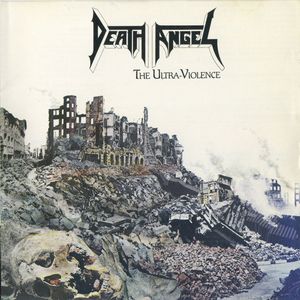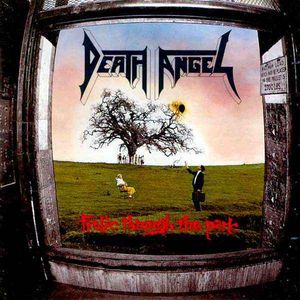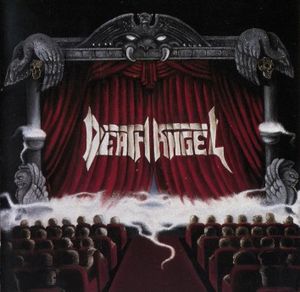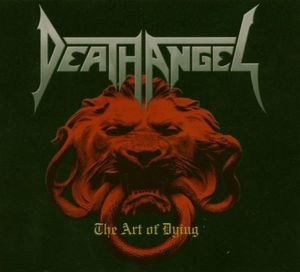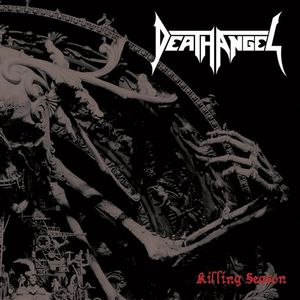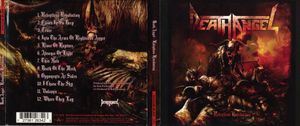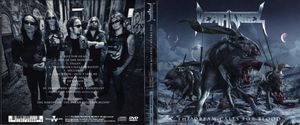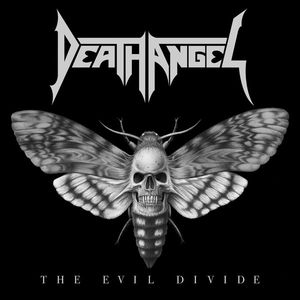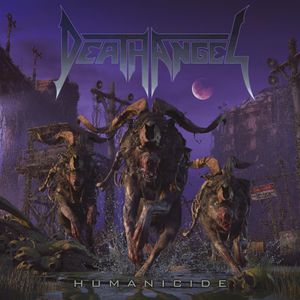
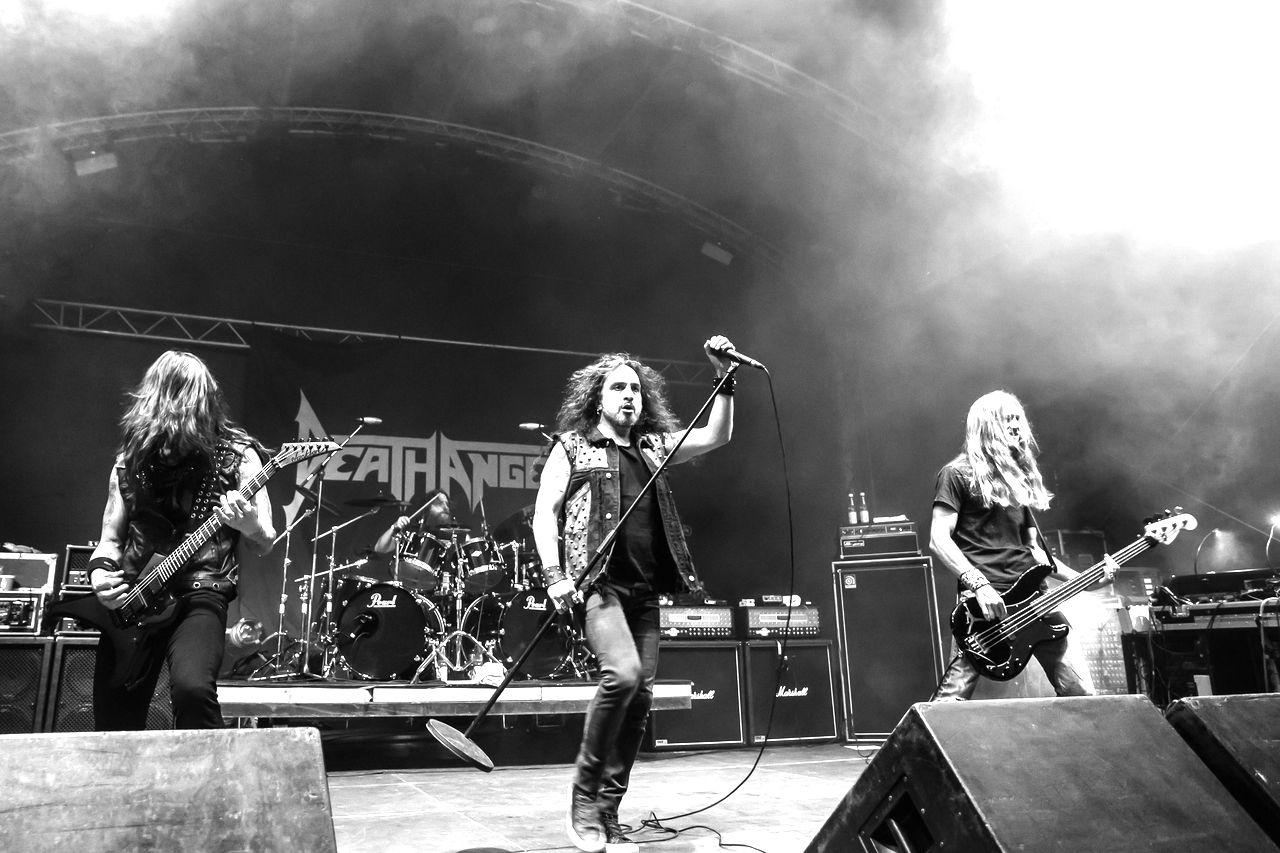
Death Angel
Follow Your Favorite Band Today!
Top Death Angel Community Posts
Albums
Story of Death Angel
Death Angel, the seminal thrash metal band from Daly City, California, exploded onto the scene in 1982, leaving an undeniable mark on the Bay Area and beyond. Initially active until 1991, their legendary status solidified through a relentless touring schedule and a string of critically acclaimed albums. Their discography boasts nine studio albums, two demos, a box set, and three live albums – a testament to their enduring legacy.
While the lineup has seen significant changes over the decades, guitarist Rob Cavestany remains the sole constant member. He and vocalist Mark Osegueda (who joined in 1984) are the only members to appear on every studio album, forming the core of Death Angel`s signature sound.
In the 1980s, Death Angel reigned supreme as a Bay Area thrash titan, sharing stages with heavyweights like Megadeth, Metallica, Slayer, Exodus, Testament, Overkill, D.R.I., Mercyful Fate, and Possessed. Their impact is undeniable; often cited as a leader of the second wave of thrash, they’re considered part of the genre`s "Big Eight" (alongside Metallica, Megadeth, Slayer, Anthrax, Testament, Exodus, and Overkill) and the "Big Six" of Bay Area thrash (with Exodus, Testament, Lȧȧz Rockit, Forbidden, and Vio-lence).
Following the underground success of The Ultra-Violence (1987) and Frolic Through the Park (1988), Death Angel signed to Geffen Records in 1989, releasing Act III the following year. Tragedy struck during the Act III tour when drummer Andy Galeon was severely injured in a bus accident, leading to the band`s initial disbandment in 1991.
Death Angel triumphantly returned in 2001 (minus original rhythm guitarist Gus Pepa) at the "Thrash of the Titans" benefit concert for Testaments Chuck Billy. Since then, they’ve released six more albums, including 2019s Humanicide, which earned them a Grammy nomination. With a tenth studio album tentatively slated for 2025, Death Angel continues to prove their enduring power and influence on the thrash metal landscape.
Bands you may like
More Thrash Metal Bands
Explore Thrash MetalDiscover more bands in the Thrash Metal genre and explore the diverse sounds that define this musical style.
Browse All Thrash Metal BandsMore Bands from United States
Explore United StatesDiscover the rich musical heritage of United States and explore bands that represent the country's unique sound and culture.
Browse All United States Bands
